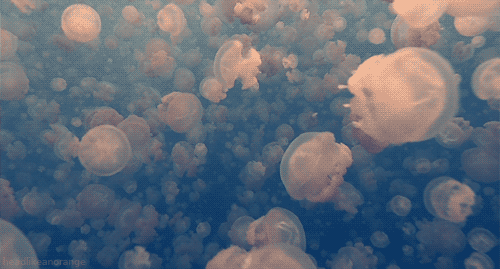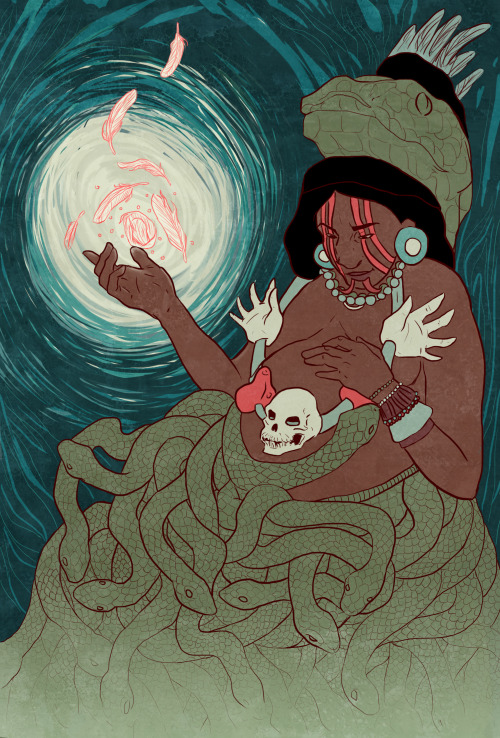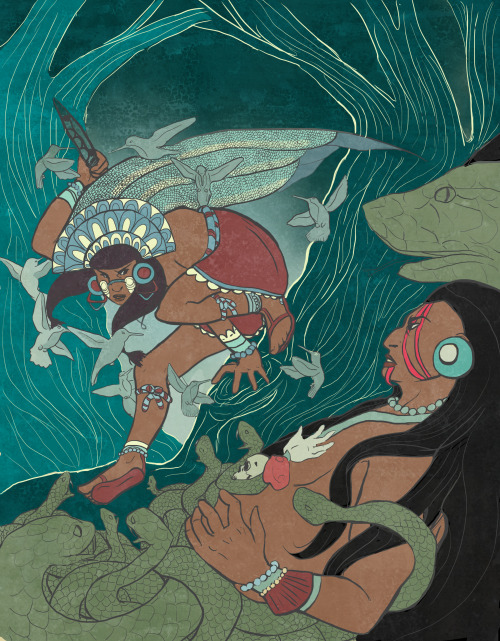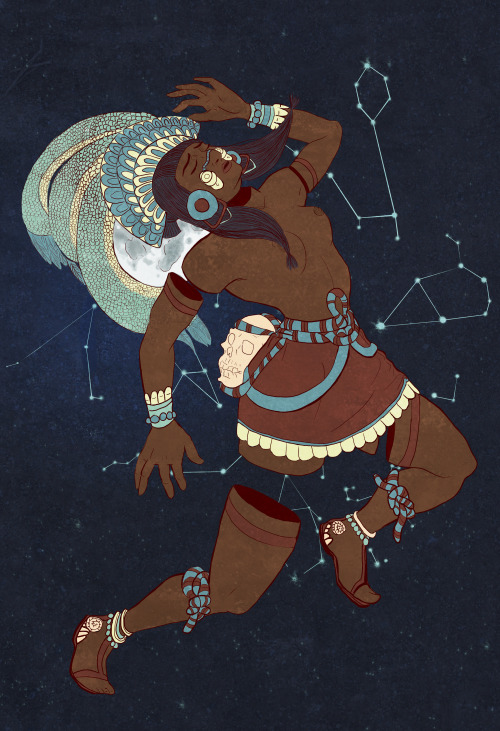Source: Abonerforbiffy
Source: abonerforbiffy

More Posts from Erreie and Others
Source: welcome-the-ghosts

“A mermaid found a swimming lad, Picked him up for her own, Pressed her body to his body, Laughed; and plunging down Forgot in cruel happiness That even lovers drown.” ― W.B. Yeats
Source: http://www.goodreads.com
Source:500px.com

You’re a defiant act of creation.
Elisabeth Hewer, from “World Inside Expanding,” Wishing for Birds (via lifeinpoetry)
Source: rusticmeetsvintage

. by -joannablu kitchener- #flickstackr
Flickr: http://flic.kr/p/p9kKyW
Source:oonajuliar

Dream, summer 2015

Source: bibliotecha-secreta
Faerie Sight

How to see faeries:
Wearing one’s coat inside out.
Wearing a posy of primroses.
A four leaf clover crushed and put into an ointment may give one sight of the Faeries as well as placing Faerie Ointment on the eyelids.
Bending over and looking backwards through your legs.
Looking through a Fir knot hole.
Looking through a loop made with a Rowan twig may cause Faerie sight.
Looking through a hag stone.
Meditating on a daily basis.
Averting one’s vision.
Dawn, moon, dusk, and midnight are the best times for faerie sightings.
Believe - faeries will most likely not show themselves to non-believers.
Have good intention - faeries can sense it.
Looking for a long time without blinking.
Source: alyssasketches



In Aztec mythology, Coatlicue (”she with serpent skirts”) is the mother of the 400 stars in the sky, and one daughter, Coyolxauhqui (”she with bells on her cheeks”). When Coatlicue becomes pregnant illegitimately (by touching a tuft of hummingbird feathers - this sort of stuff happens a lot in Mesoamercan mythos), her children become both embarrassed and enraged. But none more so than her daughter, Coyolxauhqui. Together with her 400 brothers, she launches an attack on her mother, but it is foiled when her mother’s unborn son Huitzilopochtli (”the hummingbird on the left”) springs forth from her womb, armed for battle.
Huitzilopochtli dismembers Coyolxauhqui, and flings her head into the sky where it becomes the moon, so that her mother might look upon her always.
-
 ilcielo-blog1 liked this · 8 years ago
ilcielo-blog1 liked this · 8 years ago -
 thomasomelie liked this · 8 years ago
thomasomelie liked this · 8 years ago -
 medusaesque reblogged this · 8 years ago
medusaesque reblogged this · 8 years ago -
 tteok-bokki reblogged this · 8 years ago
tteok-bokki reblogged this · 8 years ago -
 pleistriukas liked this · 8 years ago
pleistriukas liked this · 8 years ago -
 your-senpain reblogged this · 8 years ago
your-senpain reblogged this · 8 years ago -
 chochiko liked this · 8 years ago
chochiko liked this · 8 years ago -
 water1oo reblogged this · 8 years ago
water1oo reblogged this · 8 years ago -
 milybird reblogged this · 8 years ago
milybird reblogged this · 8 years ago -
 lizerd liked this · 8 years ago
lizerd liked this · 8 years ago -
 unlucky-prince reblogged this · 9 years ago
unlucky-prince reblogged this · 9 years ago -
 casa180 liked this · 9 years ago
casa180 liked this · 9 years ago -
 erreie liked this · 9 years ago
erreie liked this · 9 years ago -
 fairlyblue liked this · 9 years ago
fairlyblue liked this · 9 years ago -
 ludokidokiwig reblogged this · 9 years ago
ludokidokiwig reblogged this · 9 years ago -
 ludokidokiwig liked this · 9 years ago
ludokidokiwig liked this · 9 years ago -
 ponimado liked this · 9 years ago
ponimado liked this · 9 years ago -
 innxcentiamme-blog reblogged this · 9 years ago
innxcentiamme-blog reblogged this · 9 years ago -
 smol-fairy reblogged this · 9 years ago
smol-fairy reblogged this · 9 years ago -
 erreie reblogged this · 9 years ago
erreie reblogged this · 9 years ago -
 transientsailor reblogged this · 9 years ago
transientsailor reblogged this · 9 years ago -
 crestfallencrescendo reblogged this · 9 years ago
crestfallencrescendo reblogged this · 9 years ago -
 dipperpinesthediscogirl reblogged this · 9 years ago
dipperpinesthediscogirl reblogged this · 9 years ago -
 dipperpinesthediscogirl liked this · 9 years ago
dipperpinesthediscogirl liked this · 9 years ago -
 abnormalheartbeat reblogged this · 9 years ago
abnormalheartbeat reblogged this · 9 years ago -
 abnormalheartbeat liked this · 9 years ago
abnormalheartbeat liked this · 9 years ago -
 ivealwaysbeenlikethis liked this · 10 years ago
ivealwaysbeenlikethis liked this · 10 years ago -
 citytowns liked this · 10 years ago
citytowns liked this · 10 years ago -
 moss-sprouted reblogged this · 10 years ago
moss-sprouted reblogged this · 10 years ago -
 stinkrat-aleks reblogged this · 10 years ago
stinkrat-aleks reblogged this · 10 years ago -
 titzilla reblogged this · 10 years ago
titzilla reblogged this · 10 years ago -
 iolitee-blog liked this · 10 years ago
iolitee-blog liked this · 10 years ago -
 kyrahshshs reblogged this · 10 years ago
kyrahshshs reblogged this · 10 years ago -
 kyrahshshs liked this · 10 years ago
kyrahshshs liked this · 10 years ago -
 mayonnaiseparade liked this · 10 years ago
mayonnaiseparade liked this · 10 years ago -
 theowo reblogged this · 10 years ago
theowo reblogged this · 10 years ago -
 stuartsutcliffe liked this · 10 years ago
stuartsutcliffe liked this · 10 years ago -
 dalmatianed liked this · 10 years ago
dalmatianed liked this · 10 years ago


